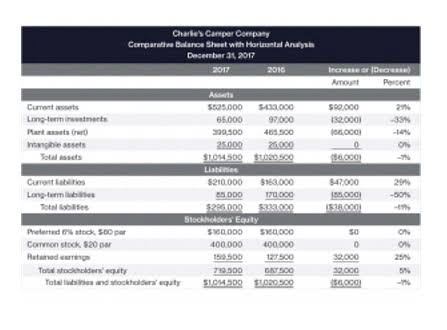News
Amortizable Bond Premium Definition
- June 10, 2022
- Posted by: admin
- Category: Bookkeeping

The Internal Revenue Service (IRS) allows investors to deduct the annual amortization of bond premiums from their taxable income. This effectively reduces the amount of taxable interest income, leading to potential tax savings. This is because investors are willing to pay more for bonds with higher coupon rates, as they provide a greater return on investment compared to the lower market rates.
How to Pay Off Your Mortgage Early
When we issue a bond at a premium, we are selling the bond for more than it is worth. We always record Bond Payable at the amount we have to pay back which is the face value or principal amount of the bond. The difference between the price we sell it and the amount we have to pay back is recorded in a liability account called Premium on Bonds Payable. Just like with a discount, the premium amount will be removed over the life of the bond by amortizing (which simply means dividing) it over the life of the bond. The premium will decrease bond interest expense when we record the semiannual interest payment. How to use the straight-line method Calculating bond premium amortization using the straight-line method couldn’t be simpler.
Preparing Amortization Schedules
- For example, if a bond with a face value of $10,000 is purchased for $9,500 and the interest payment is $500, then the effective interest rate earned is not 5% but 5.26% ($500 divided by $9,500).
- The Internal Revenue Service (IRS) allows investors to deduct the annual amortization of bond premiums from their taxable income, effectively reducing the amount of taxable interest income.
- If inflation is 1.8%, a Treasury bond (T-bond) with a 2% effective interest rate has a real interest rate of 0.2% or the effective rate minus the inflation rate.
- We always record Bond Payable at the amount we have to pay back which is the face value or principal amount of the bond.
- The systematic allocation of the discount, premium, or issue costs of a bond to expense over the life of the bond.
- For example, if your annual interest rate is 3%, then your monthly interest rate will be 0.25% (0.03 annual interest rate ÷ 12 months).
The constant yield method is the most commonly used method for calculating amortizable bond premiums. This method involves spreading the premium over the bond’s remaining life using an effective interest rate. When you have a mortgage on your home, the interest rate is the ongoing amount you pay to finance your home purchase. Your interest rate is typically represented as an annual percentage of your remaining loan balance. For example, a 4% interest rate on a $200,000 mortgage balance would add around $652 to your monthly payment. As your principal balance is paid down through monthly or additional payments, the amount you pay in interest decreases.
- Depending on the type of bond, the premium can be tax-deductible and amortized over the life of the bond on a pro-rata basis.
- With more sophisticated amortization calculators you can compare how making accelerated payments can accelerate your amortization.
- When you pay extra on your principal balance, you reduce the amount of your loan and save money on interest.
- To make the topic of Bonds Payable even easier to understand, we created a collection of premium materials called AccountingCoach PRO.
- If this is the case, accepted accounting principles require that you should use effective interest amortization.
Great! The Financial Professional Will Get Back To You Soon.
First, calculate the bond premium by subtracting the face value of the bond from what you paid for it. Then, figure out how many months are left before the bond matures and divide the bond premium by the number of months remaining. Notice that under both methods of amortization, the book value at the time the bonds were issued ($104,100) moves toward the bond’s maturity value of $100,000. The reason is that the bond premium of $4,100 how to calculate premium amortization is being amortized to interest expense over the life of the bond. By learning from real-life examples and case studies, investors can develop a comprehensive understanding of amortizable bond premium and its role in successful wealth management strategies. Understanding amortizable bond premium is crucial in wealth management, as it significantly influences bond yields, tax implications, and overall investment strategies.

Your original loan amount is the amount you financed in a mortgage loan when you purchased a home. For example, if you put 20% down on a $200,000 home, your original loan amount would be $160,000. Accountants use amortization to spread out the costs of an asset over the useful lifetime https://www.bookstime.com/articles/how-to-calculate-shares-outstanding of that asset. Alternatively, the bond’s carrying value on 1 July 2020 is equal to the unamortized discount of $6,516. Finally, the unamortized discount of $6,516 on 1 July 2020 in Column 5 is equal to the original discount of $7,024, less the amortized discount of $508.
Bond Premium Amortization

We Fools may not all hold the same opinions, but we all believe that considering a diverse range of insights makes us better investors. Ask a question about your financial situation providing as much detail as possible. Our mission is to empower readers with the most factual and reliable financial information possible to help them make informed decisions for their individual needs. Our writing and editorial staff are a team of experts holding advanced financial designations and have written for most major financial media publications. Our work has been directly cited by organizations including Entrepreneur, Business Insider, Investopedia, Forbes, CNBC, and many others.
Accelerate Your Mortgage Payment Plan
Amortizing the Bond

